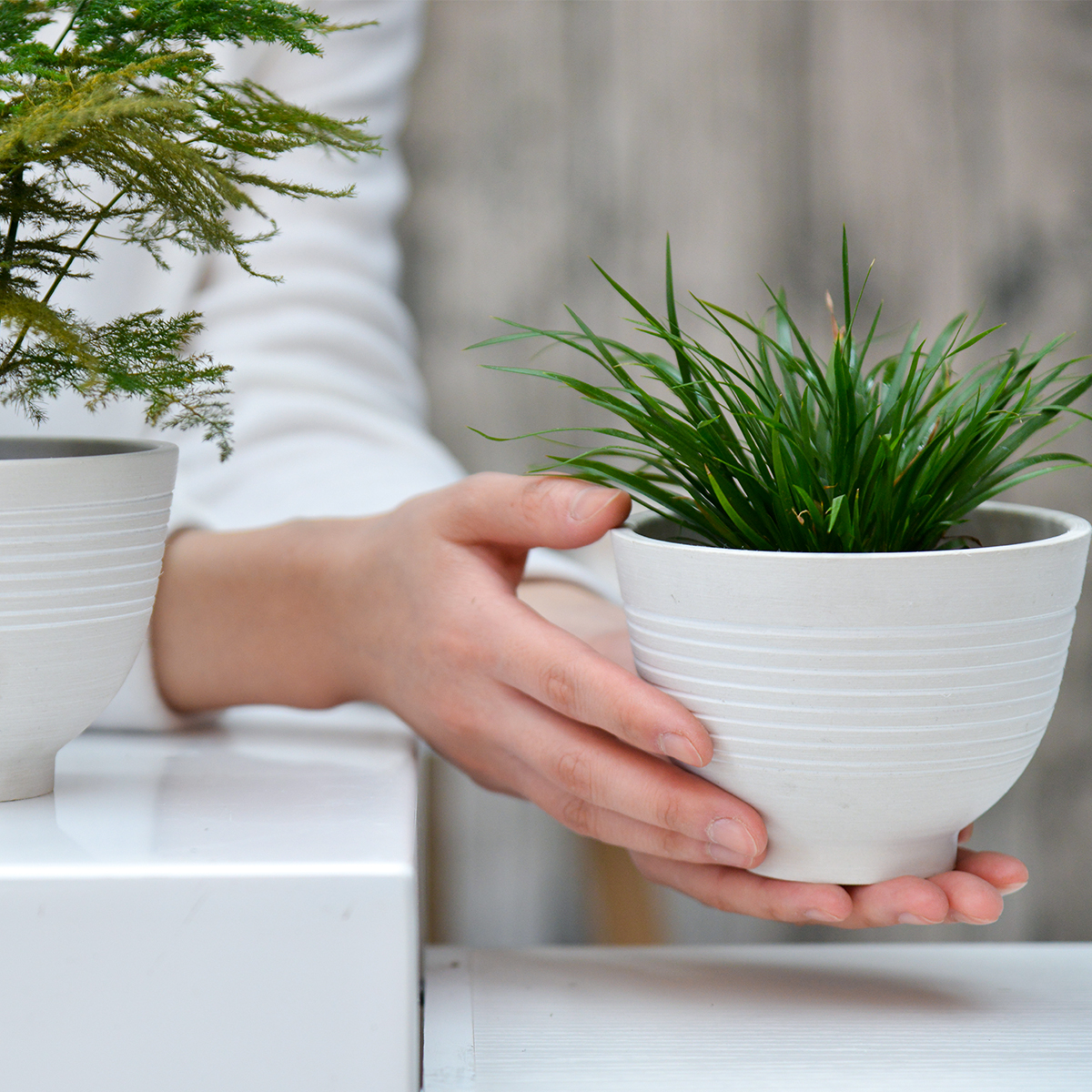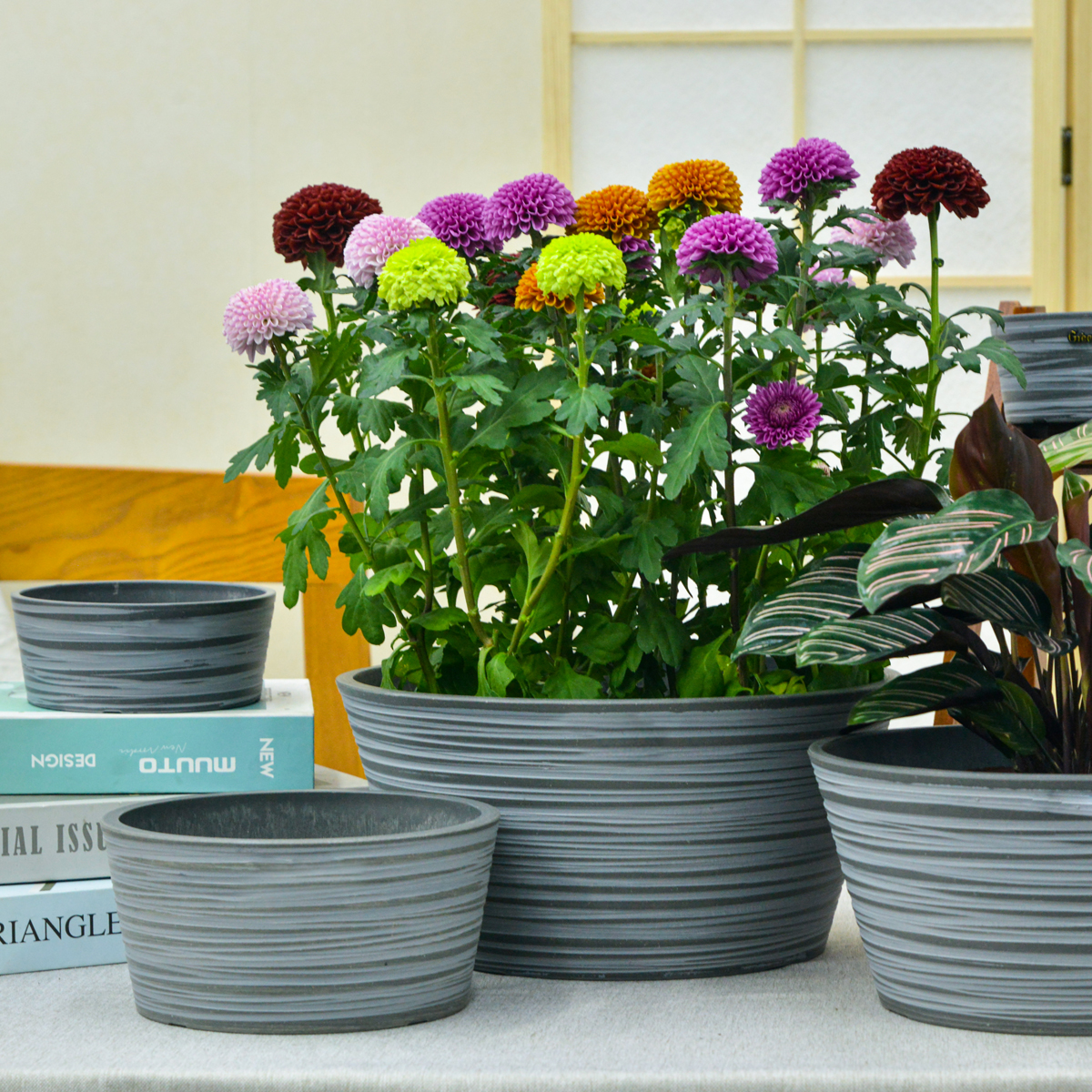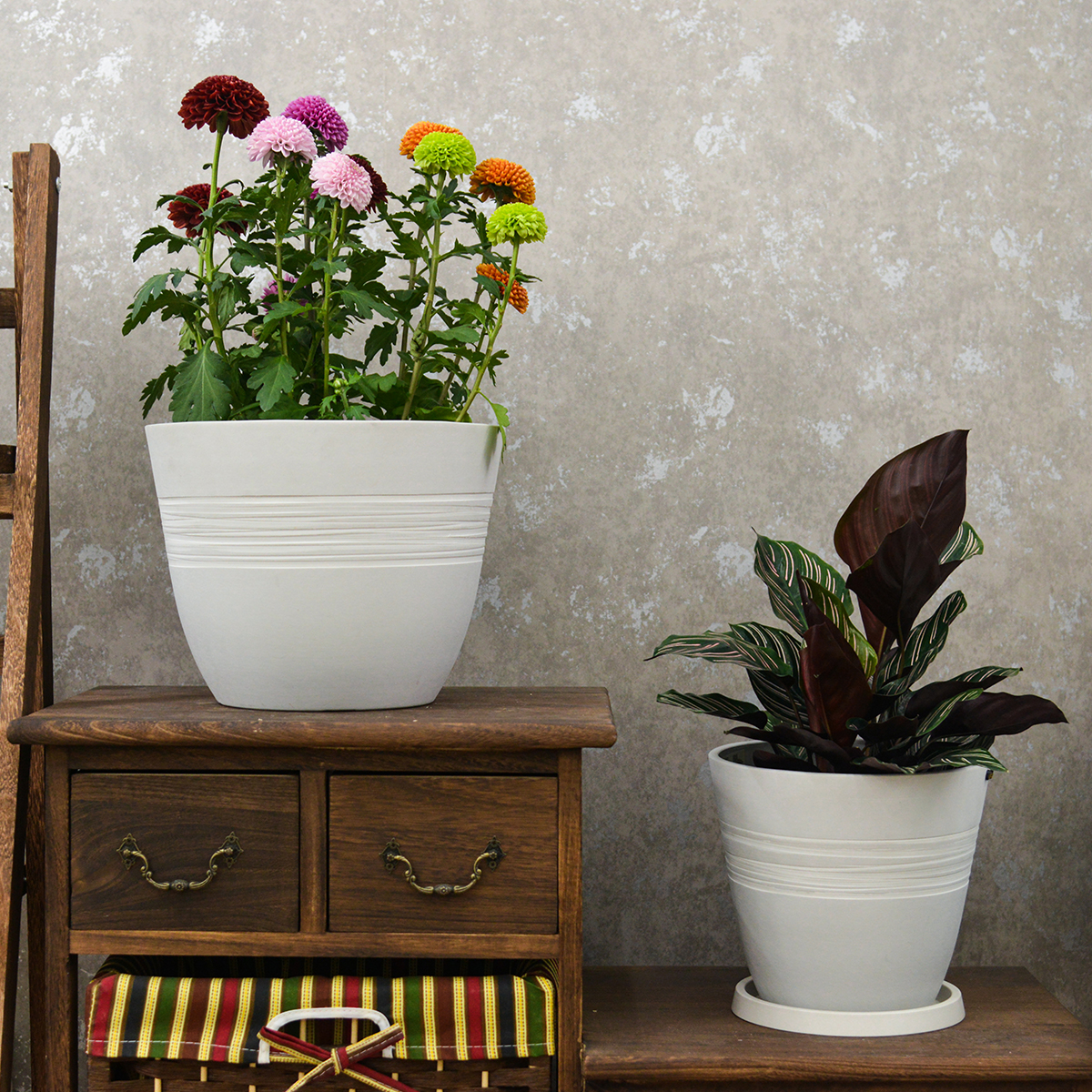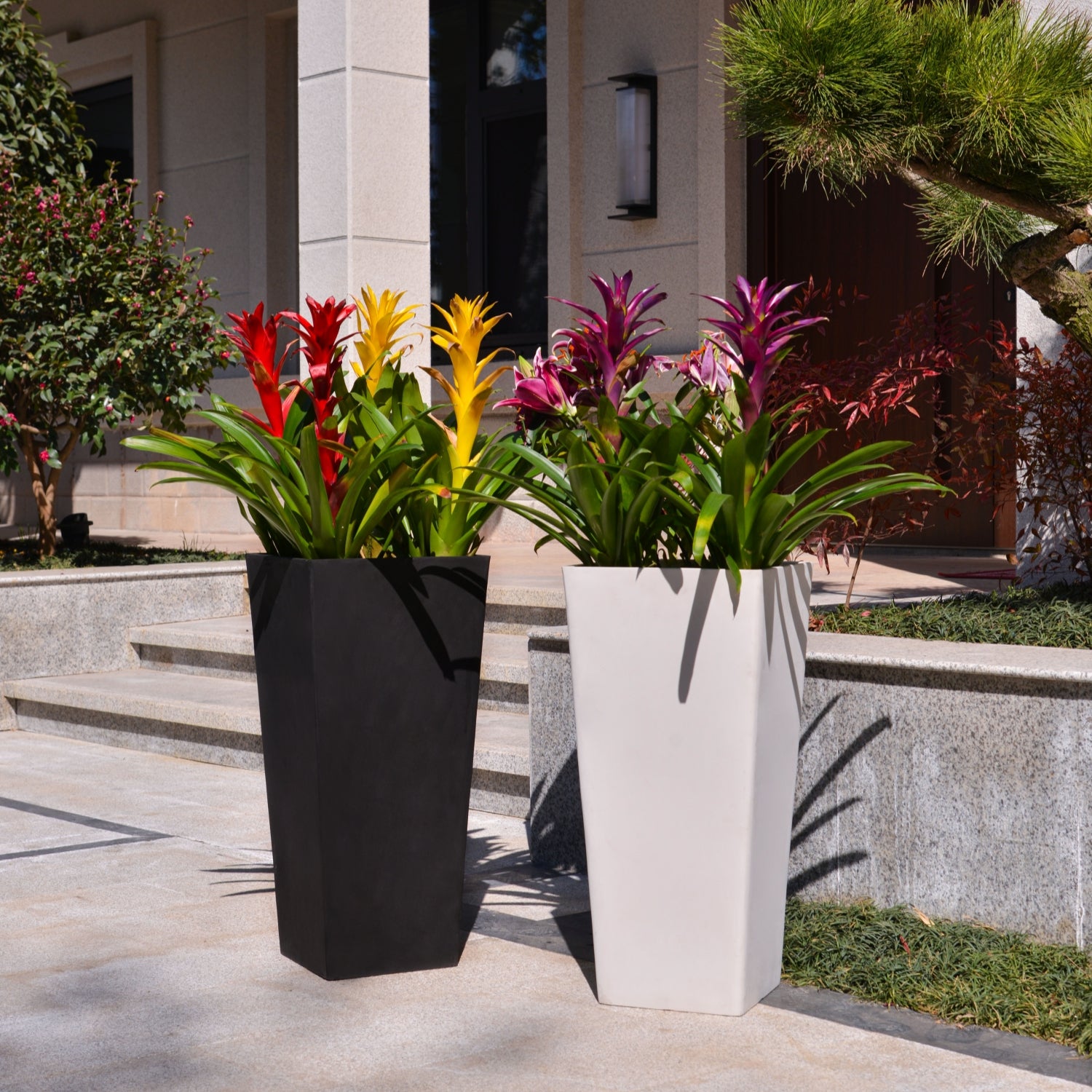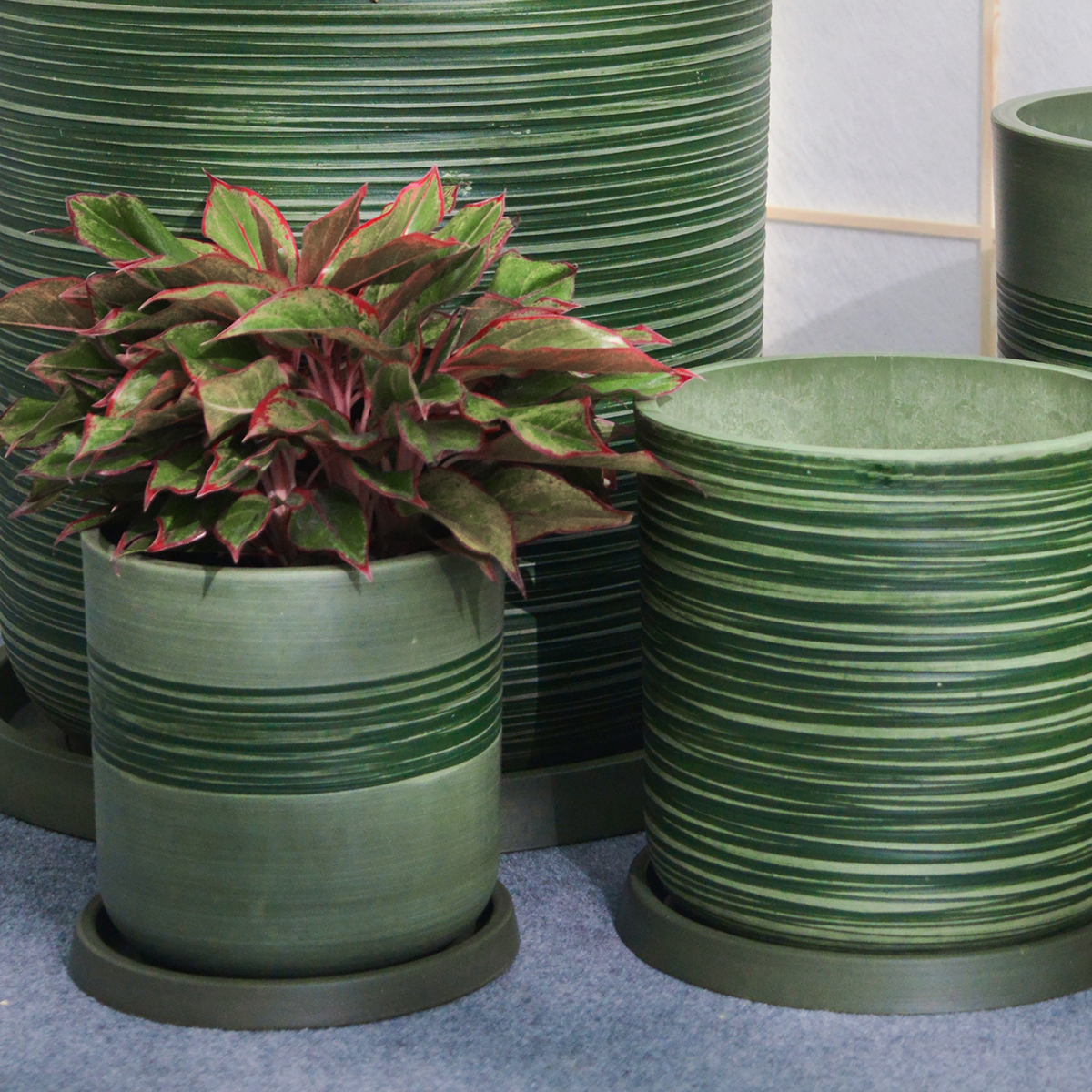What Materials Are Best for Making Curved Planters?
Curved planters are becoming a staple in modern home and garden design. Their soft, organic lines add elegance and visual flow to both indoor and outdoor spaces. But just as important as the design is the material used to craft these stylish containers.
In this article, we’ll explore the most suitable materials for making curved planters, including their benefits, ideal use cases, and style compatibility.
🔍 Why Material Matters in Curved Planters
While shape plays a major role in aesthetics, the material of a planter affects:
Durability
Weight
Drainage
Weather resistance
Cost
Finish and texture
Whether you’re placing your planter on a sunny balcony or a shaded corner indoors, choosing the right material will impact both the plant’s health and the planter’s lifespan.
🪵 1. Fiberglass: Lightweight and Versatile
Pros:
Ultra lightweight but strong
Can be molded into seamless, smooth curves
Weather-resistant and fade-proof
Comes in various finishes (matte, gloss, stone-look)
Best for:
Rooftop gardens, patios, indoor spaces
Contemporary or minimalist decor
Tip: Fiberglass is ideal if you want large curved planters that are easy to move.
🧱 2. Concrete: Bold and Durable
Pros:
Extremely sturdy
Holds moisture well
Natural, raw look
Great thermal insulation for roots
Cons:
Very heavy
May crack in extreme cold if not sealed properly
Best for:
Permanent outdoor installations
Industrial or modern rustic aesthetics
Tip: Look for reinforced or lightweight concrete if mobility is a concern.
🪨 3. Ceramic: Classic with a Glossy Touch
Pros:
Beautiful glazed finishes
Great for indoor decor
Naturally porous, offers decent breathability
Cons:
Fragile and can crack in frost
Heavier than plastic or fiberglass
Best for:
Indoor use or mild outdoor climates
Bohemian, traditional, or Mediterranean spaces
🧺 4. Plastic or Resin: Affordable and Practical
Pros:
Lightweight and inexpensive
Molded easily into curved shapes
UV- and weather-resistant (if high quality)
Cons:
May fade or warp over time
Less eco-friendly unless recycled
Best for:
Budget-friendly landscaping
Seasonal or short-term use
🌱 5. Metal (Aluminum or Corten Steel): Sleek and Modern
Pros:
Ultra-modern aesthetic
Long-lasting with proper coating
Slim profile works well with curves
Cons:
Can heat up quickly in direct sunlight
May rust without treatment (especially Corten)
Best for:
Industrial, urban, or rooftop designs
Cold-season plants that benefit from warmth
🌿 6. Wood: Natural and Warm
Pros:
Eco-friendly if sustainably sourced
Naturally insulating
Warm, organic look
Cons:
Requires sealing and maintenance
Not ideal for highly curved shapes unless custom-made
Best for:
Rustic or farmhouse-style gardens
Custom-built planter designs
✅ How to Choose the Right Material for Your Curved Planter
Ask yourself:
Where will it go? (Indoor vs. Outdoor)
Will it be moved often? (Weight matters!)
What’s your style? (Modern, rustic, minimal?)
Do you live in extreme climates? (Choose weather-resistant options)
🧠 Final Thoughts
Choosing the best material for your curved planter means balancing function, aesthetics, and longevity. Whether you go for sleek fiberglass, rugged concrete, or warm wood, the right choice will not only enhance your space — it will help your plants thrive.
KC3-14A
By greenship|2024-08-16T06:26:30+00:00August 16, 2024|Categories: Hand-carving Series|
11THD
By greenship|2024-08-13T02:52:20+00:00August 13, 2024|Categories: Hand-carving Series|
11TH
By greenship|2024-08-13T02:50:25+00:00August 13, 2024|Categories: Hand-carving Series|
KC2-11V
By greenship|2024-08-16T05:39:50+00:00August 16, 2024|Categories: Hand-carving Series|
GreenShip 27inch Tall Planters for Porch, Large Outdoor Planter Pots with Drainage Hole
By greenship-seo|2025-04-10T06:27:21+00:00April 7, 2025|Categories: Hand-carving Series|Tags: Decorative Flower Pots|
KC2-21G
By greenship|2024-08-13T06:19:08+00:00August 13, 2024|Categories: Hand-carving Series|



